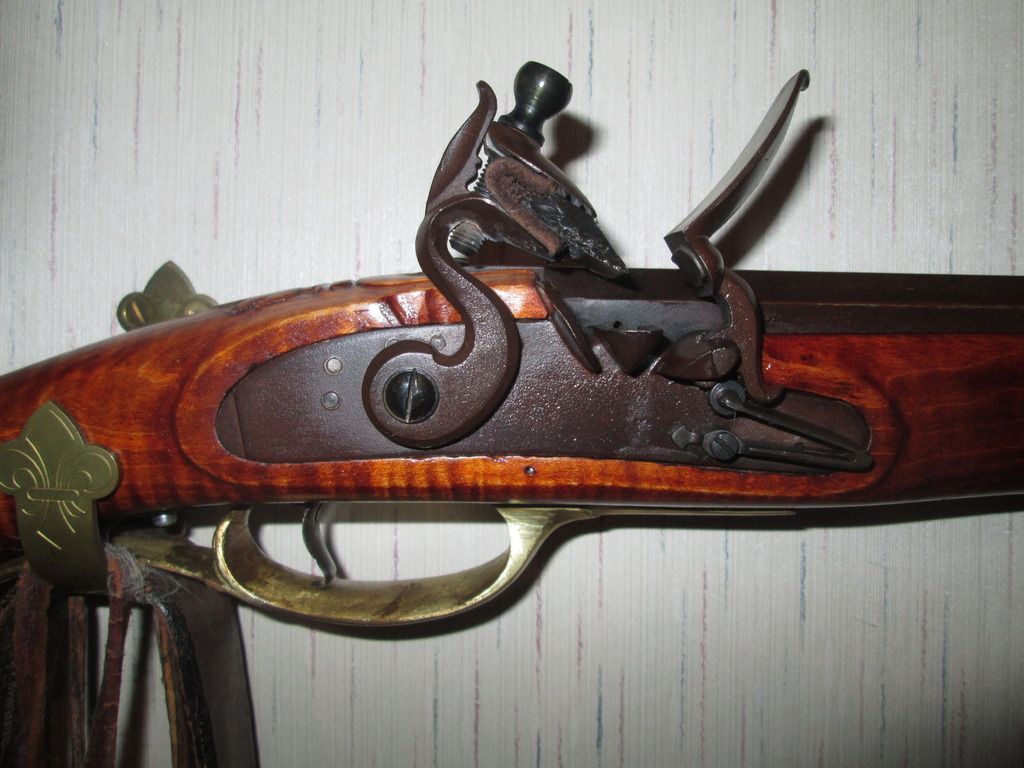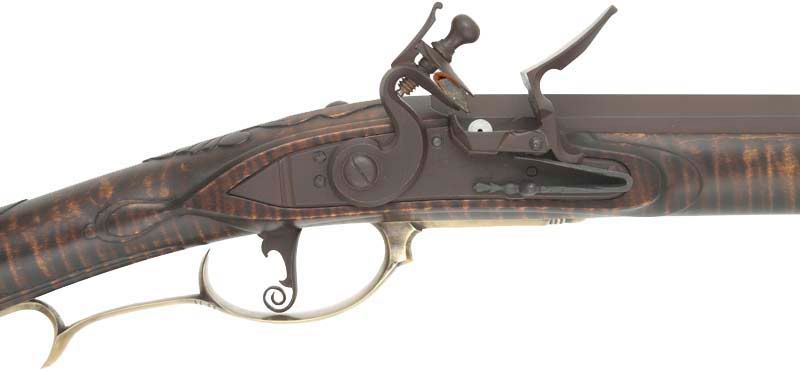ideally, the touch hole should be in the "sunset position:" that is, with the centerline of the touch hole at the same level as the line between the front and back edge of the pan, and the hole should be spaced in the middle (fore & aft) of the pan.
from what you describe, the vertical alignment is OK, but the front- to- back position is off. if it's a few millimeters, I don't think it will have a very noticeable effect.
I would recommend that you give the gun a try. I suspect that the diameter of the touch hole (your post didn't mention a liner) might make more difference than the location. it's been my experience that the hole can be big enough so that you can just see the grains of powder peeking out, but not so big that the gun will self -prime. Your experience may vary, as will others who have good results with larger holes ... just remember that the hole can be enlarged, but not shrunk (at least, not without a bunch of welding and cussing).
a photo might help, but I wouldn't get too terribly worried... be happy, and
Make Good Smoke!






